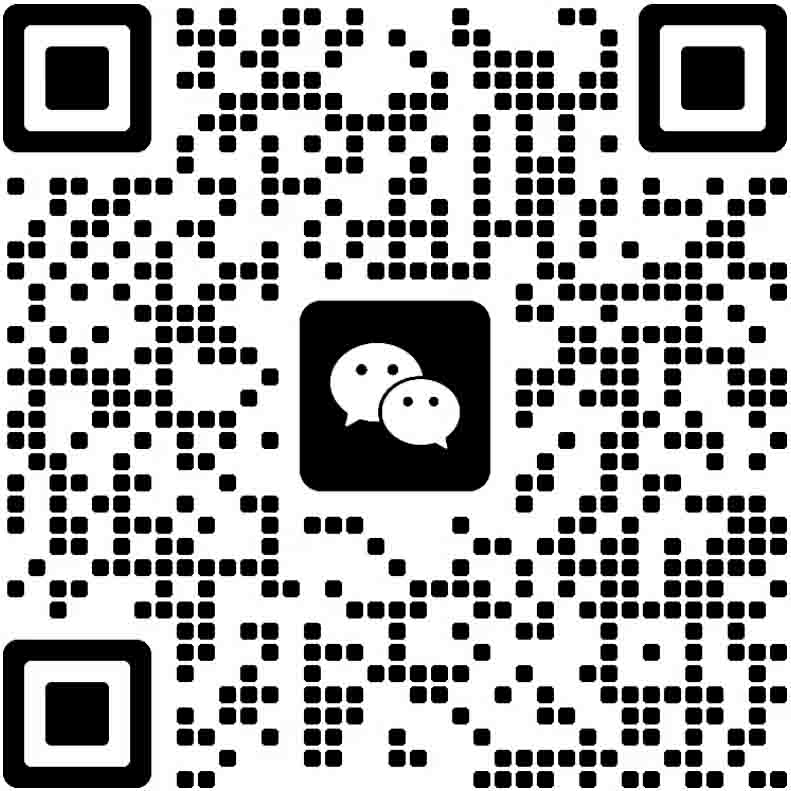When customizing furniture, the choice of board directly affects the environmental friendliness, durability and aesthetics of the furniture. At present, the boards on the market are mainly divided into two categories: solid wood boards and artificial boards, among which artificial boards can be subdivided into many types. The following is a detailed analysis of various types of boards from the aspects of material characteristics, advantages and disadvantages, and applicable scenarios:
1. Solid wood board
Definition: Made of complete natural wood, without splicing or gluing, common types include oak, pine, walnut, etc.
Advantages:
High environmental protection, no formaldehyde pollution.
Natural texture, warm texture, suitable for the style of pursuing natural beauty.
Disadvantages:
Expensive, and limited wood resources.
Easy to be affected by moisture and deformed, and extremely high requirements for construction technology.
Applicable scenarios: high-end furniture, desktops, cabinet doors, etc., which have high requirements for beauty and texture.
2. Artificial board
Artificial board is made by pressing wood chips, fibers or powders with adhesives. It has low cost and diverse performance. It is the mainstream choice for customized furniture.
Particleboard (chipboard)
Definition: Made of wood chips and glue pressed at high temperature, with a decorative layer on the surface.
Advantages:
Strong deformation resistance and affordable price.
Good nail holding force, suitable for making wardrobes, bookcases and other cabinets.
Disadvantages:
General environmental protection (depends on the quality of glue), easy to swell when exposed to water.
Recommended brands: Austrian Egger Board, German Kronospan, Jilin Forest Industry Lushuihe.
Made-in-China Board (Fiberboard)
Definition: Mix wood powder and glue and press, divided into high, medium and low density.
Advantages:
The surface is fine and smooth, easy to process into concave and convex shapes, suitable for cabinet doors.
Disadvantages:
Poor moisture resistance, easy to swell and deform after being damp.
Applicable scenarios: door panels and back panels in dry environments.
Multi-layer solid wood board (plywood)
Definition: Made of multiple layers of thin wood slices glued vertically.
Advantages:
Excellent moisture resistance and load-bearing capacity, strong stability.
Suitable for areas in contact with water such as kitchen cabinets and bathroom cabinets.
Disadvantages:
Environmental protection is limited due to the large amount of glue used.
OSB board
Definition: Large pieces of wood are oriented and staggered, and the structure is tight.
Advantages:
High strength, good moisture resistance, and strong nail holding power.
Environmental protection is better than ordinary particle board.
Disadvantages:
The surface is rough and needs veneer treatment.
Applicable scenarios: cabinet doors, cabinets and load-bearing structures.
Ecological board (paint-free board)
Definition: The middle is solid wood square, and the two sides are covered with plywood and veneer.
Advantages:
Good stability, strong moisture resistance, can be used directly without painting.
Disadvantages:
High price, long-term use may cause glue to open.
Blockboard (core board)
Definition: Two pieces of veneer are glued and pressed in the middle to splice wooden strips.
Advantages:
High transverse bending strength and low price.
Disadvantages:
Poor nail holding power and easy to deform due to moisture.
3. Other special boards
Fireproof board: mainly made of silicate material, high temperature resistant and flame retardant, but requires high-quality glue for bonding.
Aluminum honeycomb board: lightweight and high strength, suitable for modern style door panels.
Hexiang board: made of straw, environmentally friendly, but with a high price.
4. Selection suggestions
Environmental protection first: choose boards that meet E0 or ENF standards, with formaldehyde emission ≤0.5mg/L.
Match on demand:
Multilayer board or European pine board is preferred for humid areas (such as kitchens and bathrooms).
Dry environment cabinet doors can choose density board or particle board.
Budget trade-off:
Economic type: particle board, density board.
High-end type: solid wood board, ecological board.
By understanding the characteristics of various types of boards, combined with usage scenarios and budgets, consumers can choose customized furniture boards more scientifically, which not only meets functional needs but also improves home quality.



